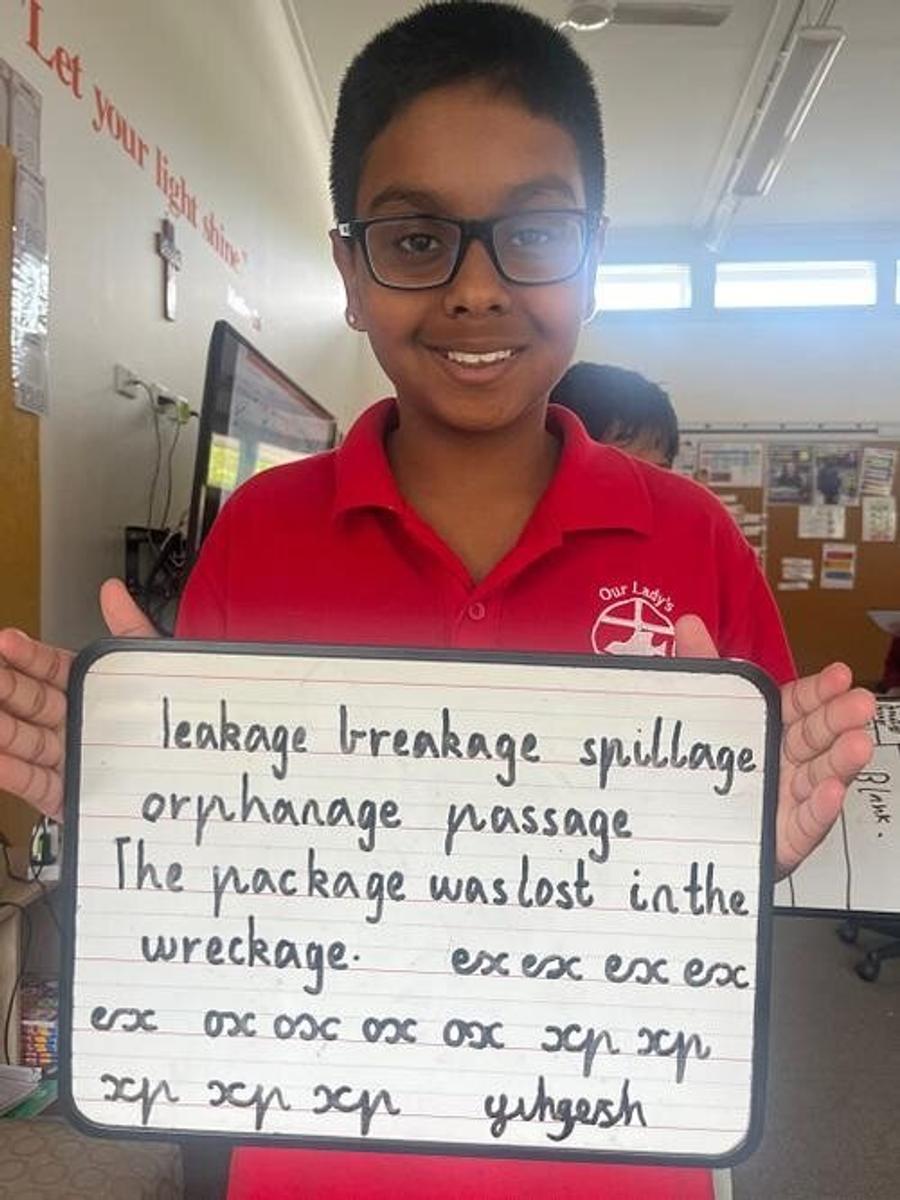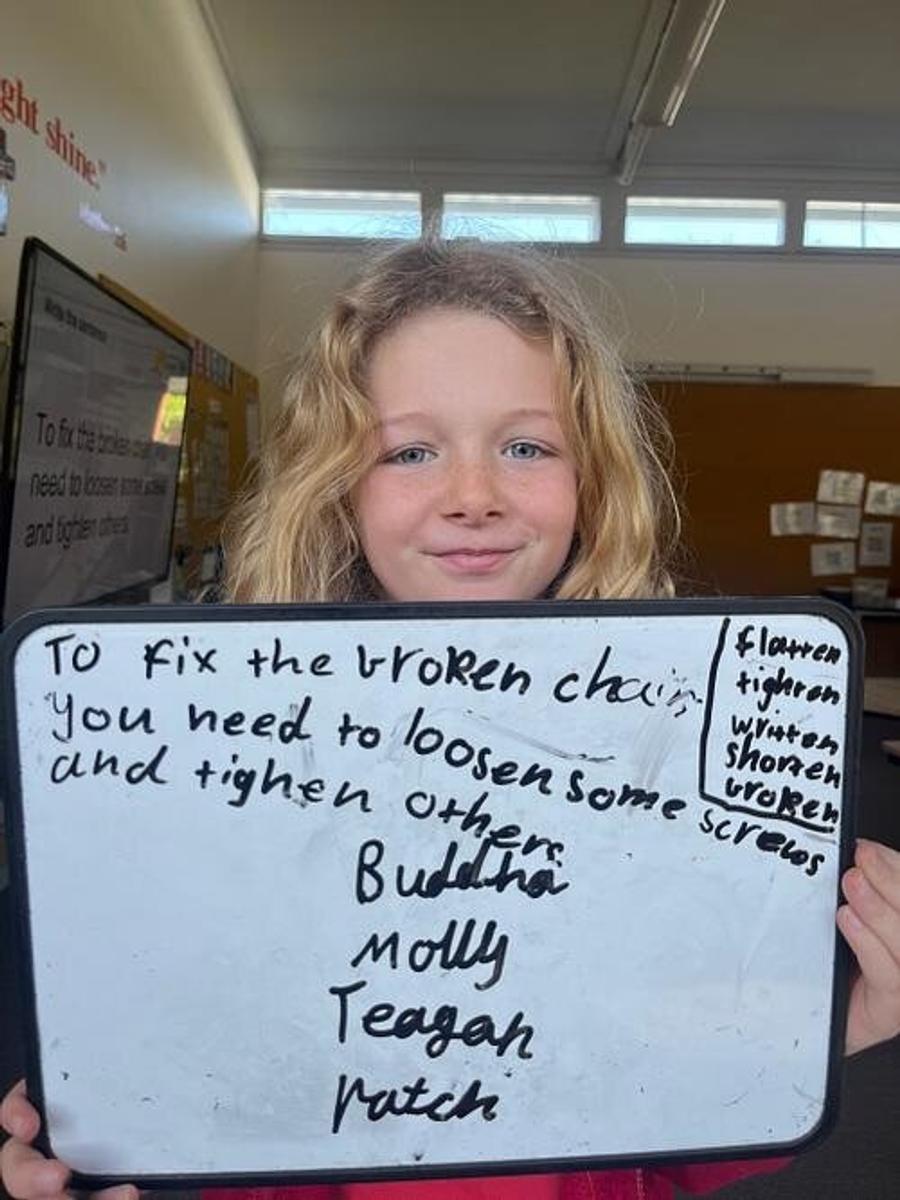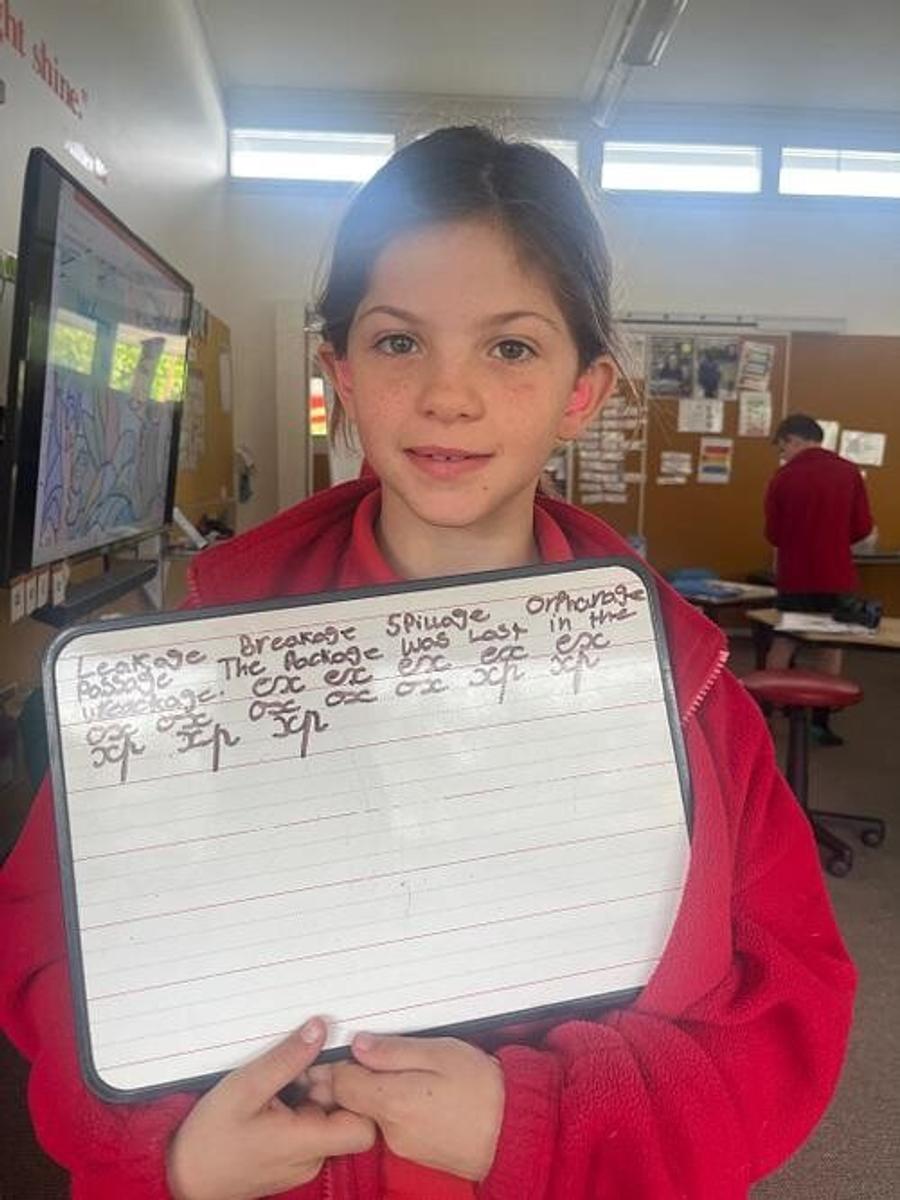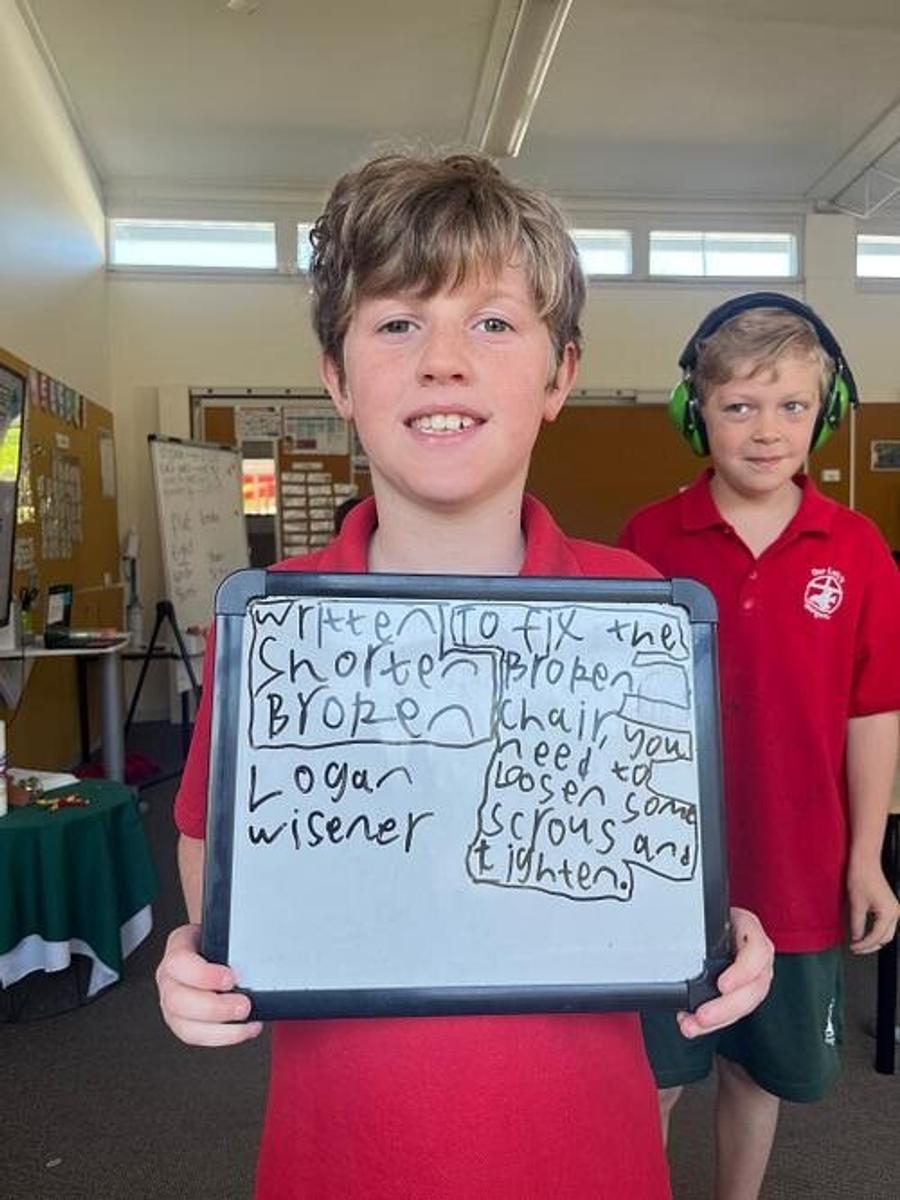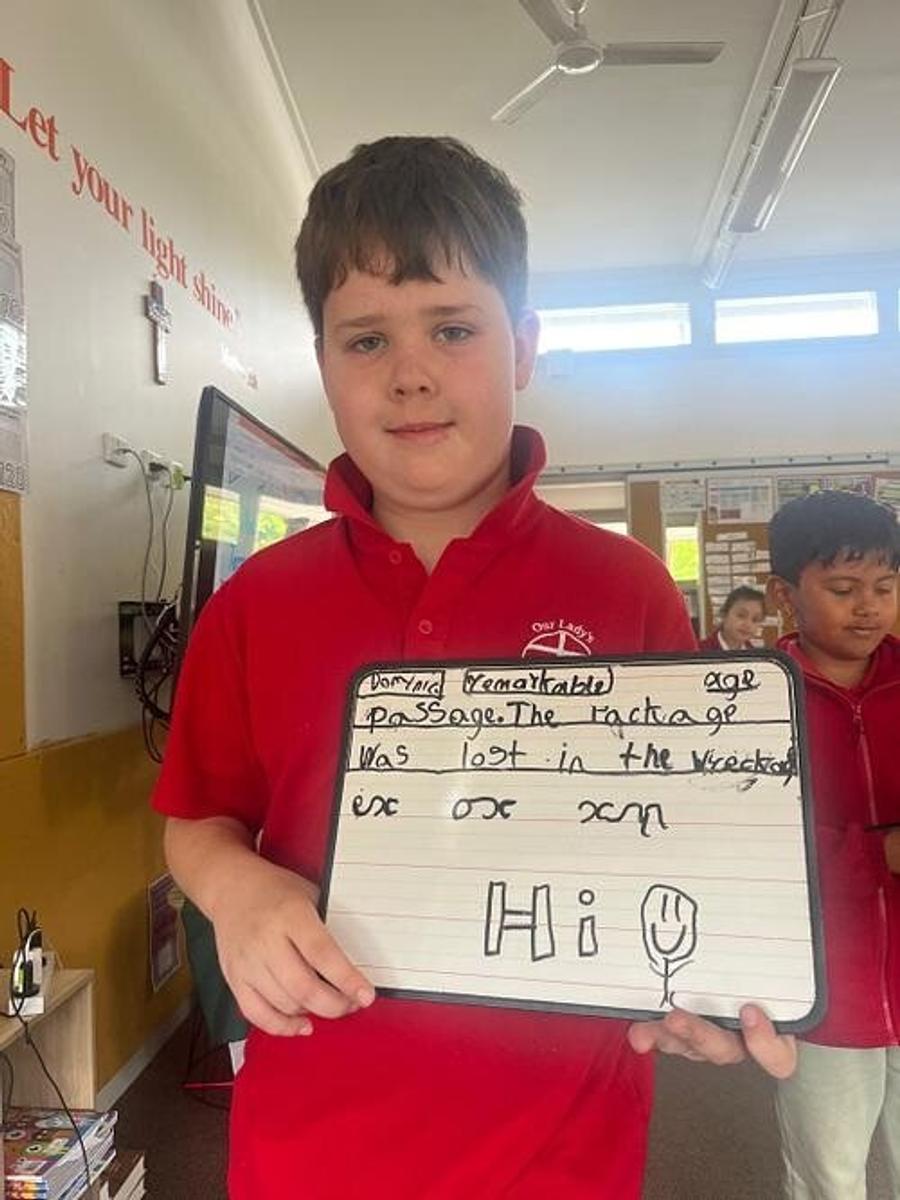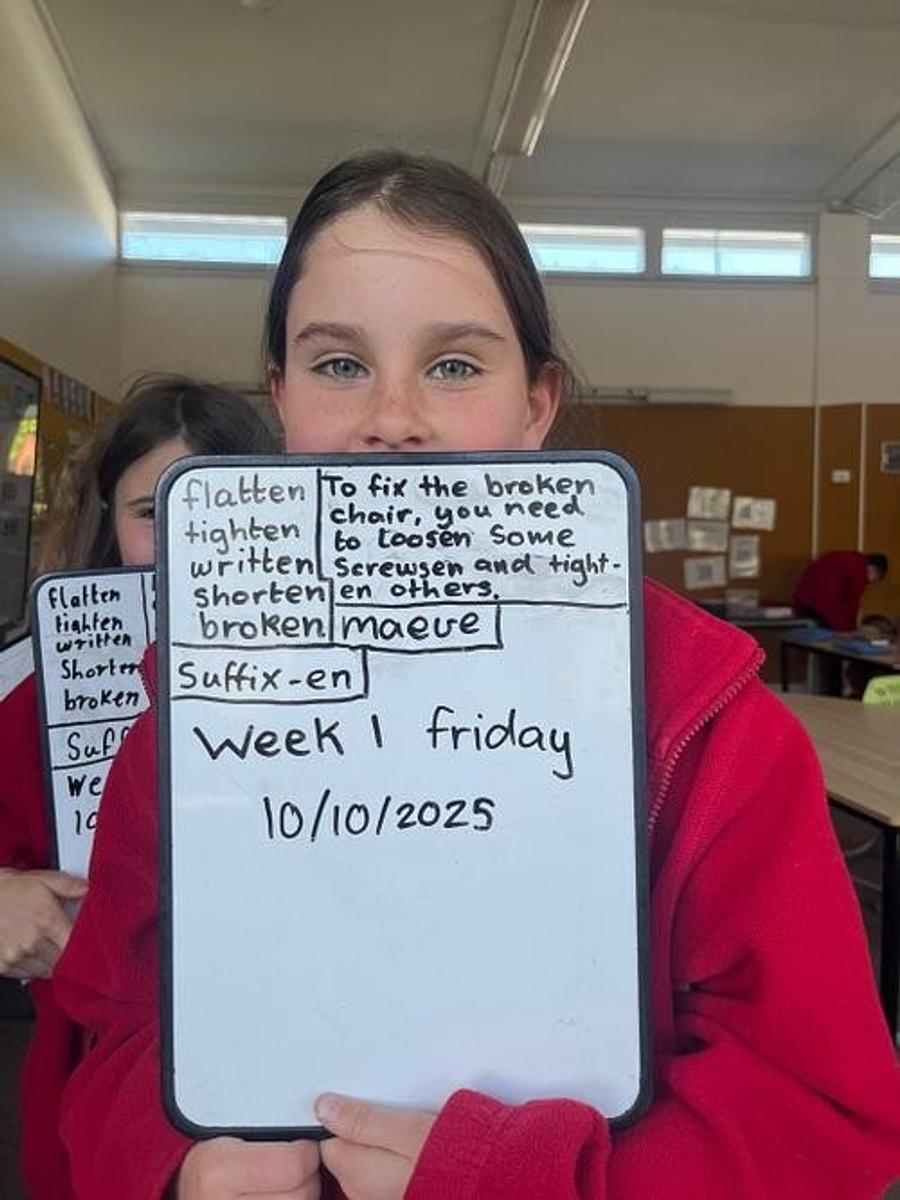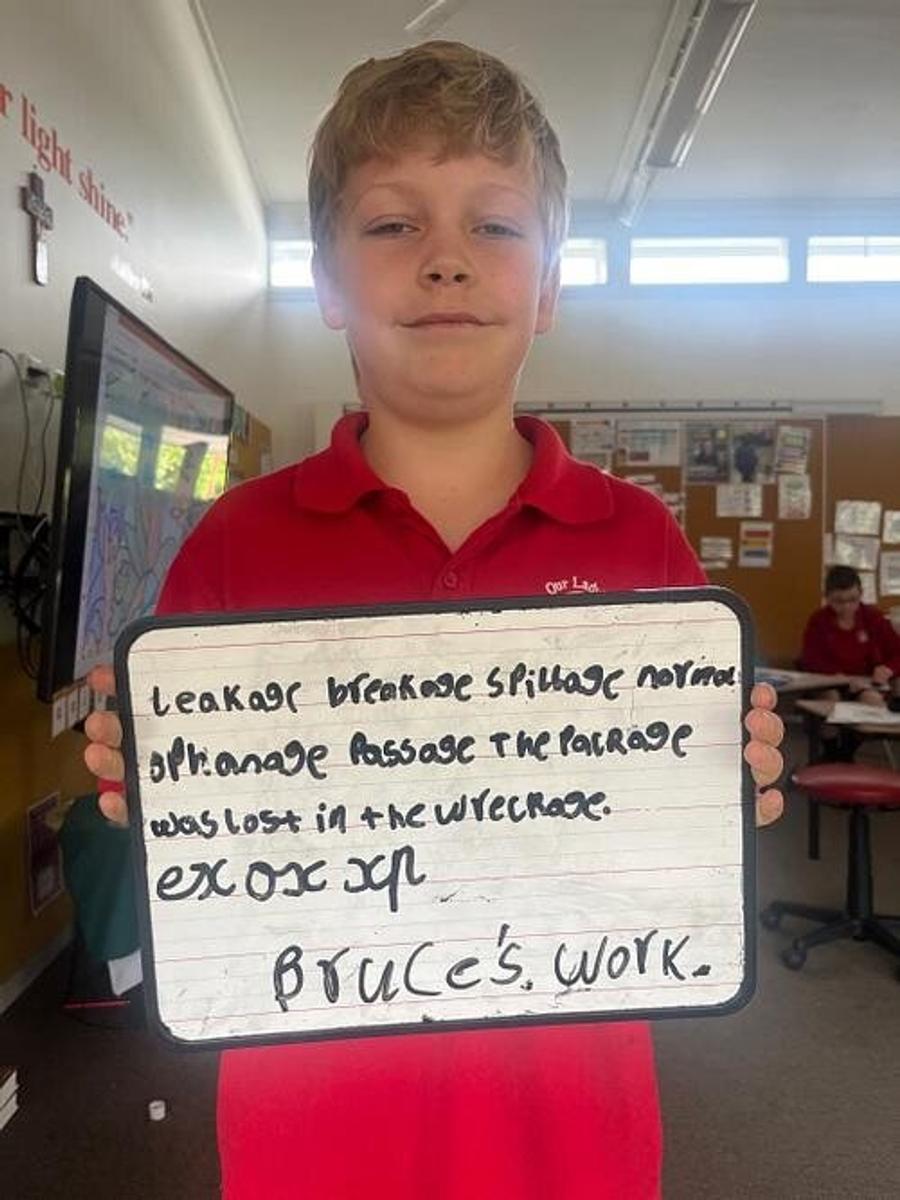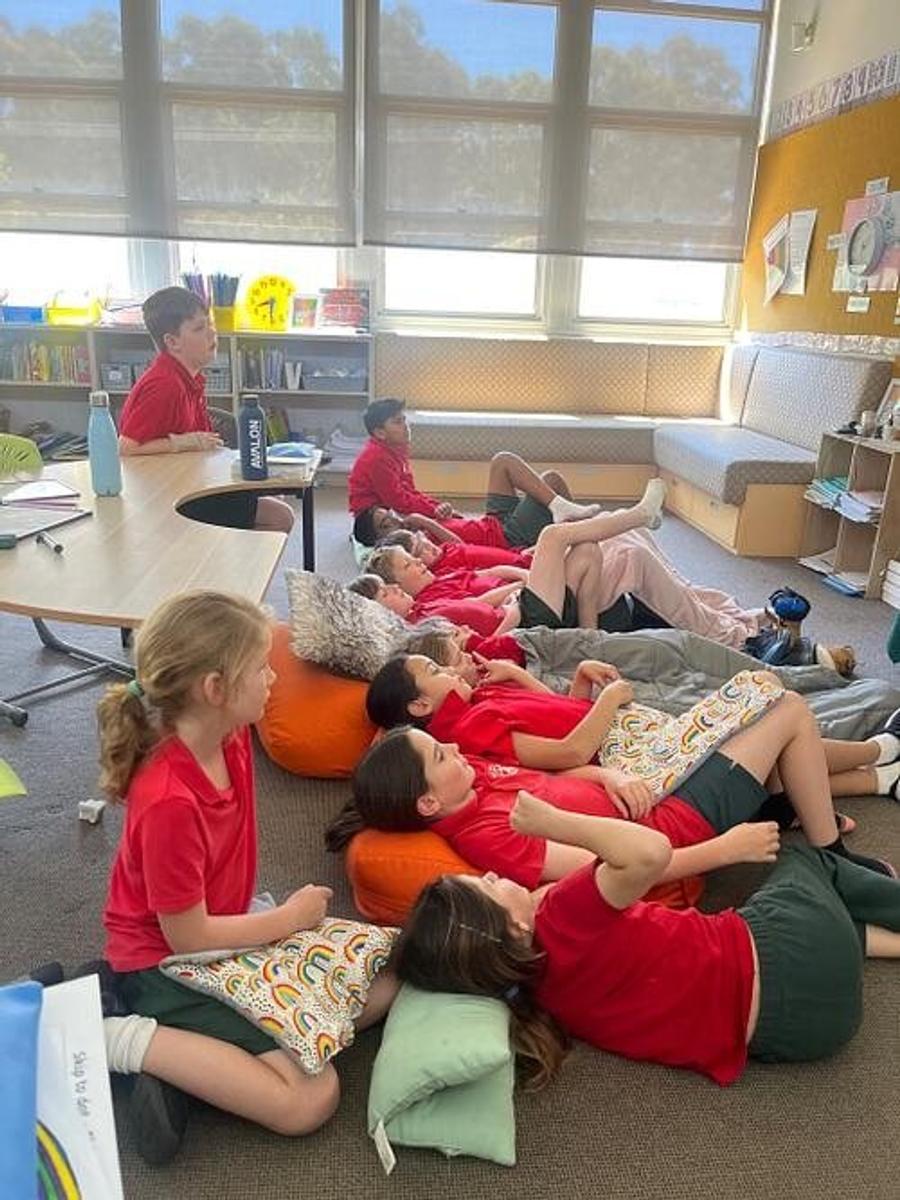Classroom News
Grade 3S

Classroom News
Grade 3S
Can you believe we’re already in Week 4? This term is flying by, and our Grade 3 students continue to impress us with their dedication and enthusiasm.
At the start of the term, all students completed their narrative drafts and engaged in the full writing process: editing, revising, and publishing. These narratives were inspired by our Term 3 novel, Charlotte’s Web, and showcased a range of writing techniques we’ve explored over the past 10 weeks. Two standout techniques were:
The final pieces were a testament to the students’ hard work and creativity. We’ve compiled all the narratives into a class chapter book, which we regularly enjoy reading together.
Here are some snippets from our narrative writing:






We’ve now begun exploring a new novel: The One and Only Ivan by Katherine Applegate. This moving story, told from the perspective of Ivan, a silverback gorilla who has spent most of his life in captivity, has captivated our attention. Through this text, we’ll be developing our persuasive writing skills, learning to form and express opinions with confidence.
You can support your child at home by:
💬 Literacy Support
In Mathematics, we began the term by reviewing time-telling skills. Students have been learning to tell time to the quarter-hour and to the minute on both analogue and digital clocks. It’s been a great challenge! I encourage families to support this learning at home, if your child asks the time, invite them to read the clock themselves first. This builds both confidence and competence.
We’ve now moved on to solving addition and subtraction word problems using the C.U.B.E.S. strategy:
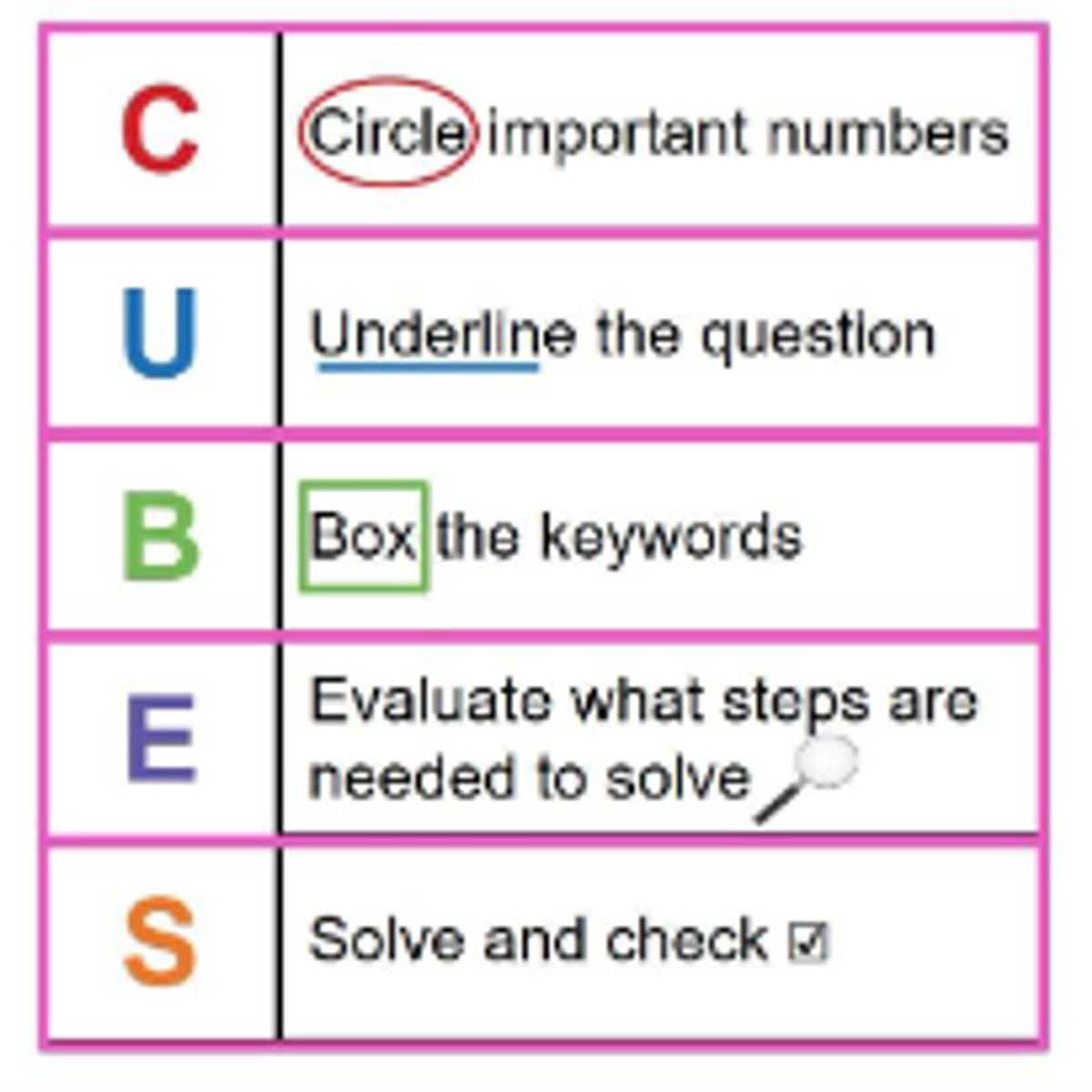

Using this approach, students have tackled a variety of 2-digit and 3-digit problems. They’ve applied strategies such as bar models, partitioning, and blank number lines to find solutions, and they’re loving the challenge!
You can support your child at home by:
🧠 Mathematics Support
